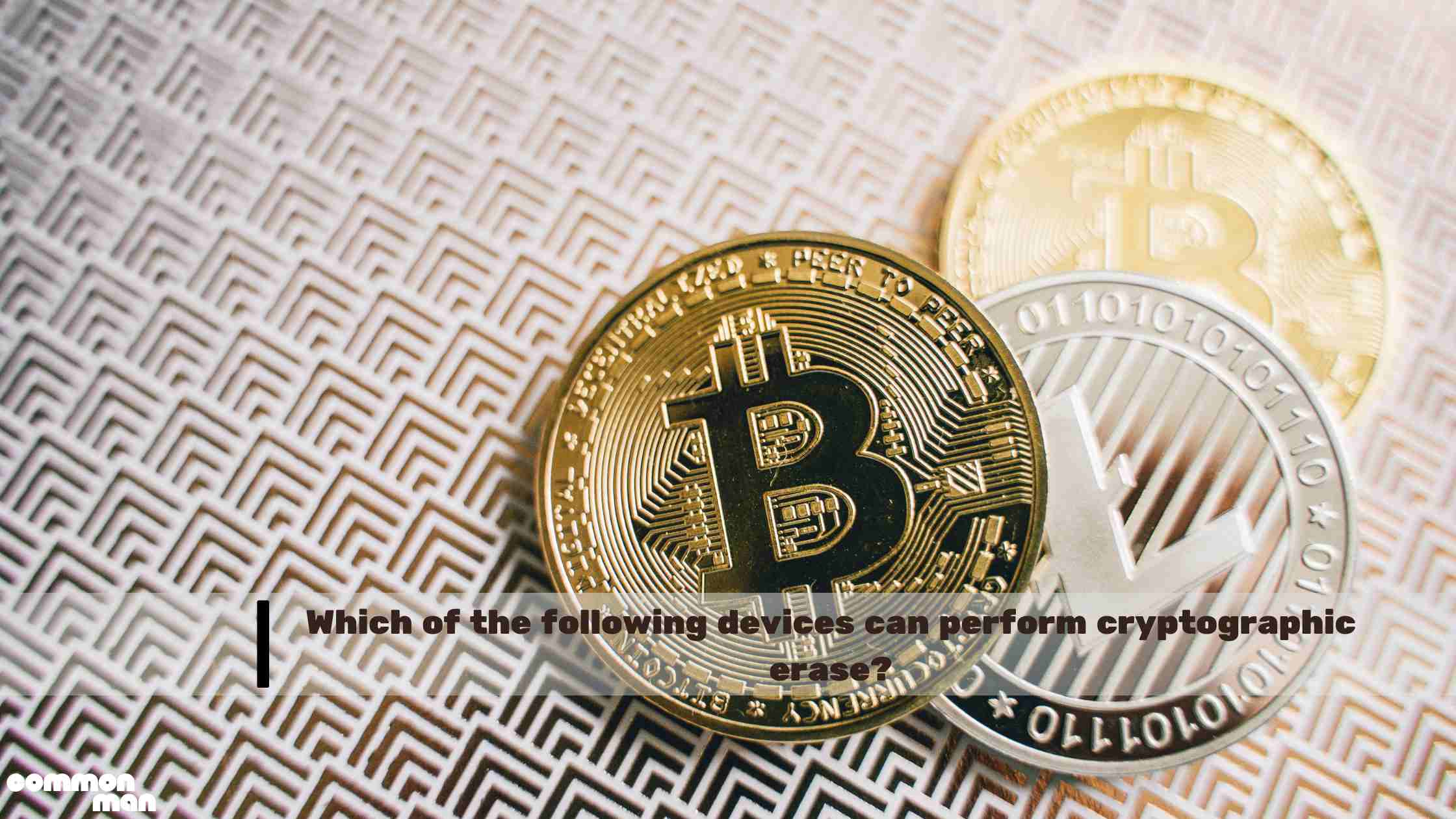Which Devices Can Perform Cryptographic Erase?
The process, also referred to by the name secure erase, is a procedure that permanently erases information from a storage device by replacing the data with random information several times. This renders the data unobtainable even when using sophisticated methods of data recovery. Contrary to a basic delete, which simply removes any data-related pointers, it changes the information. This is vital for the protection of sensitive information when disposing or recycling storage devices.
The capability to erase a cryptographic signature is contingent on a variety of aspects, such as the capabilities of the device, its operating system and the software available. Let’s look at which kinds of devices are commonly able to have this essential security feature:
Self-encrypting Drives (SEDs )
These drives are constructed with hardware encryption that is built into the drive. A lot of SEDs have a secure erase function via their management tools or an operating system. This is usually the most secure and reliable method, as erase operations are performed directly on the device’s hardware. Be sure to choose drives that comply with TCG Opal or IEEE 1667 standards to ensure compatibility.
Solid State Drives (SSDs )
Although not all SSDs have the ability to implement digital erase, many of the latest SSDs, including ones that are designed for enterprise use, provide this feature via firmware updates or special software offered by the company that makes them. However, their effectiveness may differ based on the controller used by the drive as well as firmware.
Disk Drives Disk Drives (HDDs )
HDDs usually do not have an integrated cryptographic erase feature. Although you can erase data several times with software, it is much more difficult and less reliable to use SSDs, SEDs, and SSDs. The likelihood of recovering data is greater with HDDs because of their magnetic nature.
USB Flash Drives
Like HDDs The majority of USB flash drives do not have built-in security features for secure erase. Overwriting via software is possible; however, its efficacy is uncertain and dependent on the controller of the drive and firmware. Certain high-end USB drives could have safe-erase capabilities; however, this is not as common.
Mobile devices (Smartphones and tablets )
Many of the latest tablets and smartphones offer the “factory reset” option, which often comes with the option of wiping data. However, the security of the wipe differs greatly. Although it might be adequate for the general public, it’s not guaranteed to be a truly secure eraser. However, specialized tools may be able to retrieve information. The degree of security depends on the device’s operating system and the manufacturer’s implementation.
Servers and Data Centers
Data centers and servers at enterprise levels usually use special hardware and software solutions to secure erase. These solutions can be integrated into existing storage management tools and enable the remote, automated erase of multiple drives at once.
Important Considerations:
- Solution utilizing software Software can overwrite data, so it’s essential to make use of trusted tools that are designed for secure erase. Simple deletion of files or multiple overwrites may not be enough for complete destruction of data.
- Specifications for the manufacturer: Always check the specifications of the manufacturer’s manual for details regarding the security features of your device.
- Services for recovering data: Even with cryptographic erase, data recovery could still be attainable under specific conditions. For the best security level, think about the destruction of your device as the last option.
In the end, although SEDs provide the best security method for erasing using cryptography, a few SSDs and enterprise-grade devices might have this capability. For other types of devices, the efficiency of secure erase methods based on software must be considered with care. Knowing the limitations and strengths of each type of device is vital to choosing the best method for safely getting rid of sensitive information.









